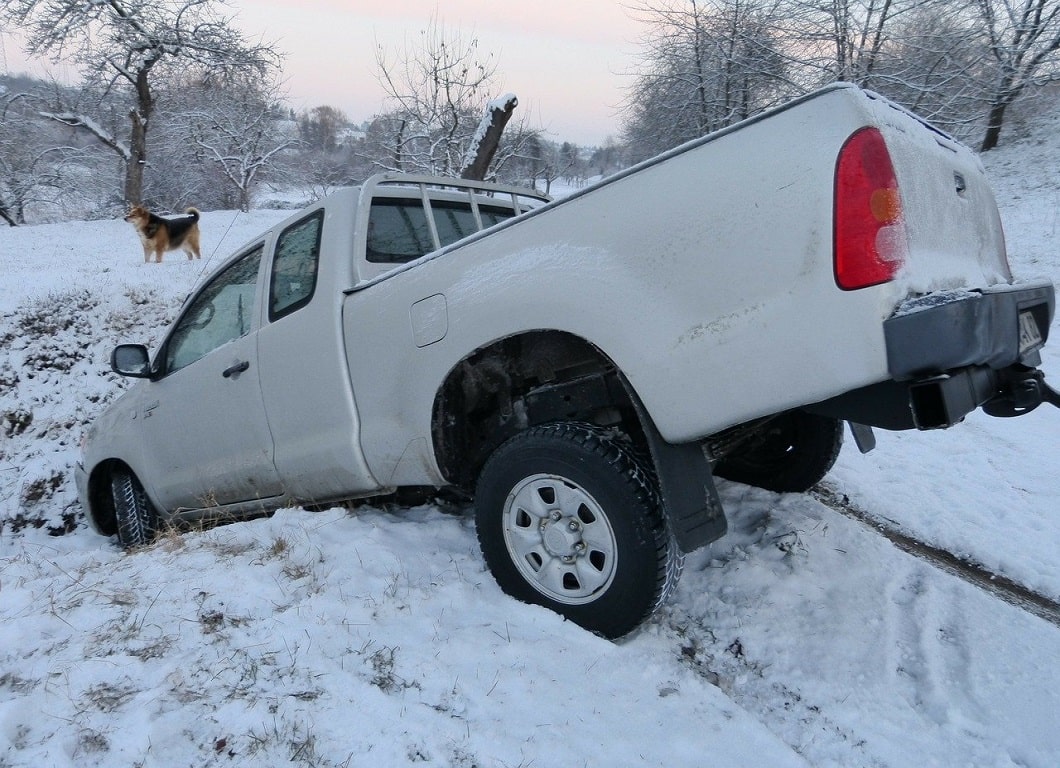Winterizing your vehicle can be is essential to driving in cold climates
(NC) According to a recent survey from OK Tire, 90 per cent of Canadians kept up with their routine vehicle maintenance in 2020, with three quarters placing the same level of importance on this year’s care. A further 15 per cent say they are placing more importance on their vehicle’s maintenance in 2021.
Make sure to follow these tips and steps in your upkeep schedule:
Examine your tires.
Is it time for a new set of winter tires? Is there uneven tire wear? This could be a sign of bad wheel alignment. How’s your tire pressure? Low tire pressure is common in the winter weather as colder temperatures can cause the air to contract, taking up less space.
If you’re in need of some new winter tires and the weather has reached a temperature lower than 7°C, make sure to ask your local OK Tire dealer for advice on which tires will fit your needs and driving habits. Financing options are also available to help you drive now and pay later.
Switch to winter blades.
Summer windshield wipers are not designed to perform well during the cooler months. Winter blades are more robust, made of thick, synthetic rubber with materials such as silicon or Teflon that create a protective shield against damage from exposure to ice and snow.
Take care of the basics.
Don’t forget some preventative measures, including refilling antifreeze, following your oil change schedule, testing your heater and visually inspecting your battery for signs of corrosion, cracking or loose connections.
Stay alert — if you notice any external leakage, bring your vehicle to the pros for a checkup. For example, if you see coolant dripping on the ground, it could be caused by a radiator hose with a hole, a broken hose clamp, a hole in the radiator, or a rusted block heater or frost plug.
Drive extra carefully.
Even the most technologically advanced vehicles need smart drivers to avoid accidents and collisions. Plan for extra travel time when on the road and go slowly in the snow. Remember that braking distance is also a fundamental factor to consider; you can slide farther than expected on just a thin layer of snow or ice.









